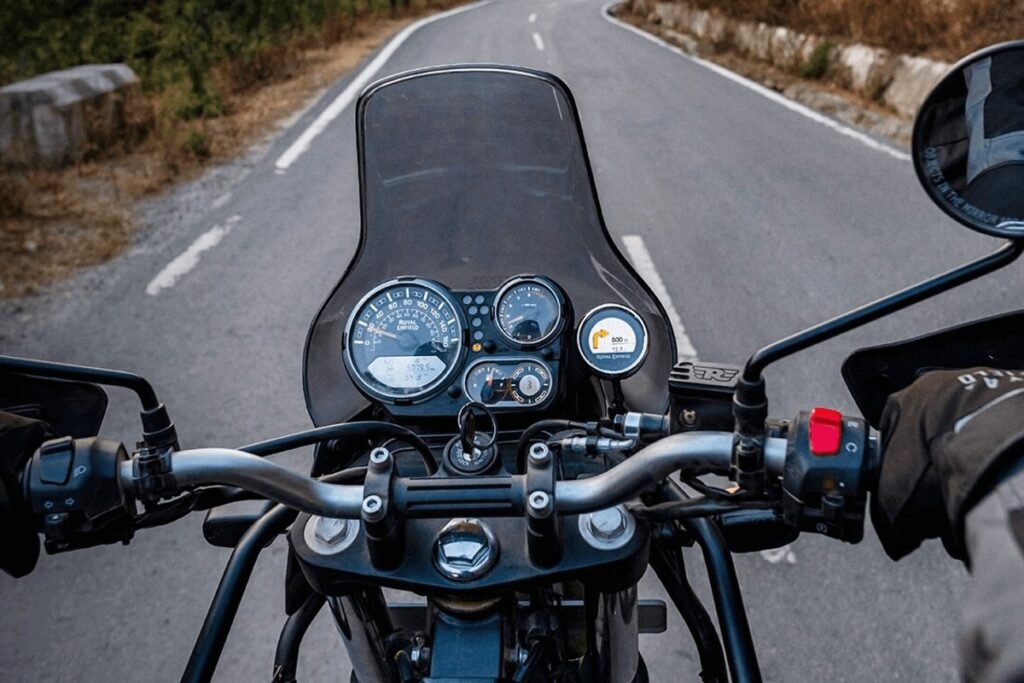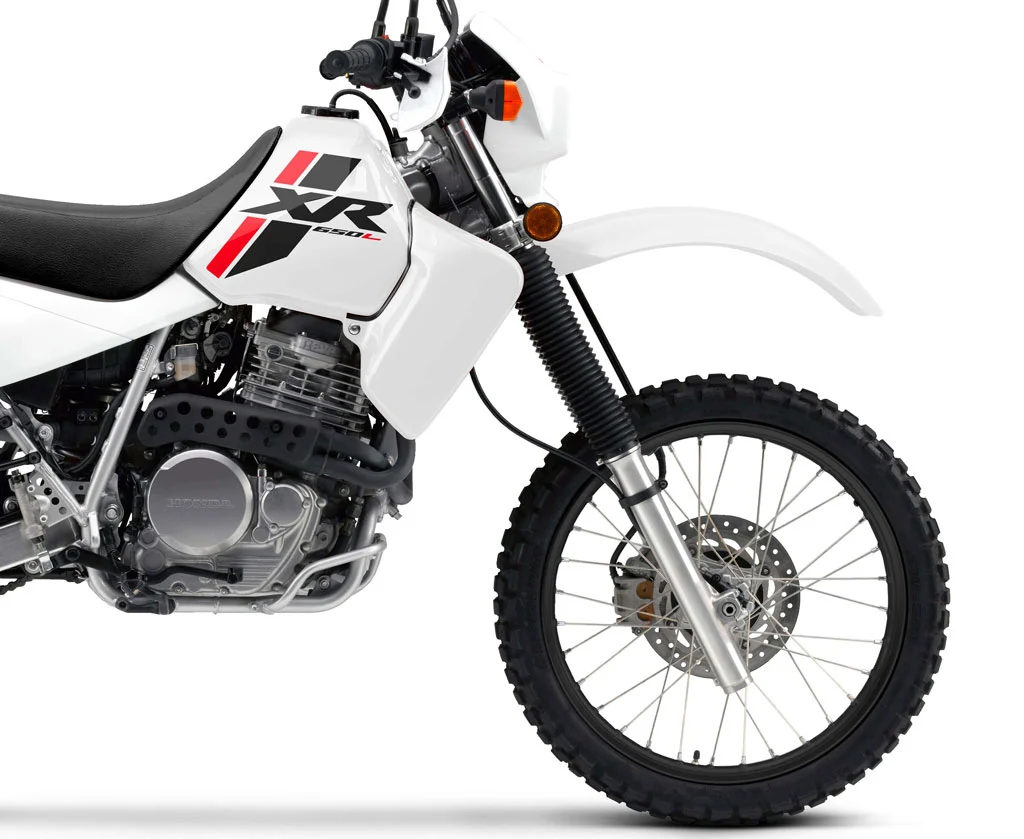Lately, there has been a lot of talk about motorcycles with automatic transmission, but currently, Honda is the only brand that sells models with automatic transmission. Furthermore, various configurations and displacements of engines incorporate it, propelling motorcycles of diverse natures.

( How does an automatic transmission motorbike work ). Automatic transmissions, commonplace in cars for nearly a century, are less common in the motorcycle industry. Bikes’ small size and light weight make them unsuitable for the typically bulkier and heavier automatic transmissions. While common in motorcycles, variable-pitch and centrifugal transmissions aren’t classified as automatics due to their single-speed nature and lack of gearboxes.
The application of CVTs, known for their simplicity and practicality, is limited in high-performance motorcycles.
Electric motorcycles
Today, electric motorcycles are also proliferating, with most featuring single-speed transmissions and no clutch, as the permanent magnet motor drives directly. On the other hand, there have been some automatic motorcycles with combustion engines with gearboxes and electrohydraulically operated clutch, but they have not enjoyed much success, nor have they lasted a long time.

In 2010, however, everything changed with the introduction of the Honda VFR1200F, a model developed by the Japanese giant in two versions. One model features a conventional six-speed transmission. While the other incorporates a six-speed dual-clutch transmission with electro-hydraulic control—a system Honda dared to include. This technology, known as DCT (Dual Clutch Transmission), is 12 years old and was also installed on the now-extinct VFR1200F, VFR1200X Crosstourer, NC700S/X, Integra, and NM4-01 Vultus. Today, we find it on models like the CRF1100L Africa Twin, X-ADV, NC750X, CMX1100 Rebel, GL1800 Gold Wing, and the new NT1100. Thus, we can appreciate Honda’s advanced automatic transmission system across various motorcycle types and engine configurations.
How does the dual-clutch work?
DCT is a system that automates the use of gearboxes and clutches. Its main feature: two clutches on separate shafts, one sliding within the other, offering distinct gear engagement. Double shaft, the first clutch is connected to the odd gear, while the second clutch is connected to the even gear. Compared to a conventional gearbox, this system also differs in the absence of a clutch and caliper.
Their benefits include user-friendly shifting, simplified operation, and enhanced comfort by reducing the rider’s tasks during driving. The DCT also ensures a more effective transmission, as it is responsible for keeping the engine engaged in optimal conditions. Another notable feature distinguishing it from the aforementioned CVT is the ability to use engine braking during cornering. It is also worth noting that you can choose from three powertrain modes to suit different driving styles.

As a result, the DCT system has two autopilot modes (Drive and Sport), as well as a sequential mode. In the automatic modes, the gearbox is “intelligently” activated in both upshift and downshift. However, in sequential mode, the driver manually shifts gears using buttons on the left side of the steering wheel. In drive mode, the engine operates at low revs for comfort, fuel efficiency, and is ideal for highway driving. In Sport mode, shifting occurs as engine speed increases, which means you’ll have a happier drive. The sequential mode is for sporty driving, allowing the driver to choose when to upshift or downshift.
Choose between functions
To choose between different functions, the Drive and Sport automatic mode buttons are located on the right handle. Also on the right edge, there is a switch that allows us to choose the automatic or sequential mode.
The operation is simple. After starting the engine and releasing the parking brake, shift from neutral to gear by pressing the right-side button. Once the indicator display confirms the selected shift mode, simply press the accelerator pedal to begin driving. In addition, it is possible to switch to one of the automatic modes and upshift or downshift at the driver’s request using the buttons on the left, thus turning with the engine at low revs or using the Dynamic.
On the other hand, while in the two automatic modes we will never reach the ignition cut-off. As the system always upshifts before or does not allow downshifting, in the sequential mode it is possible because it is the driver himself who decides when to shift. DCT engines provide multiple riding modes, including off-road settings on models like the Africa Twin and X-ADV. They also coordinate with driving aids like traction control or hill start assist.
Over the years, Honda has refined the system, resulting in faster and smoother gear changes with each iteration. Adapted to the bike’s purpose, whether for touring, trail riding, utility, or maxi-scooter applications.
| Visit Us | How does an automatic transmission motorbike work? | Our website